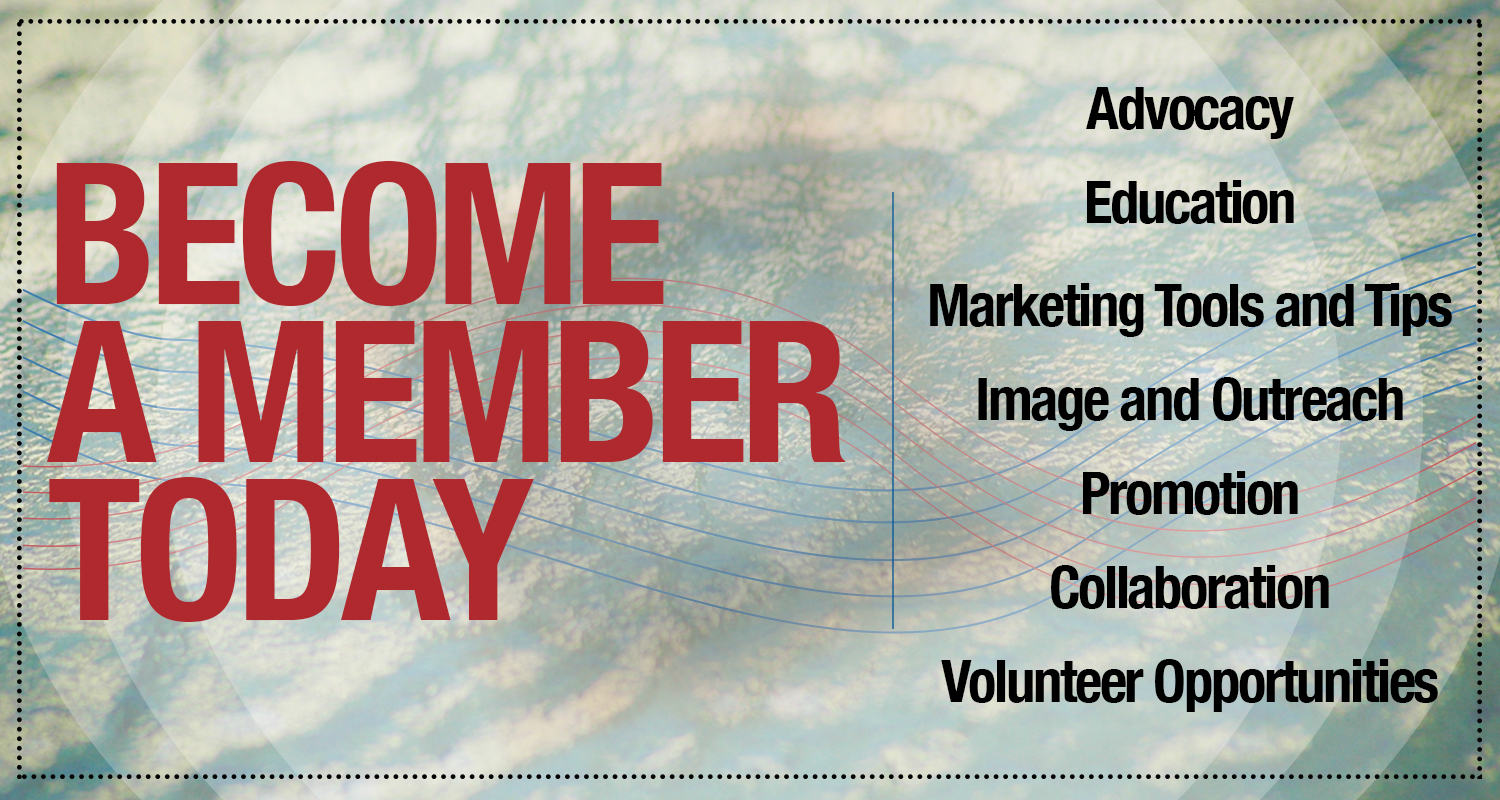Audiology and Hearing FAQs
- Hearing Aids, Implants, and Other Devices
Hearing aids are custom fitted to sit in an individual’s ear and are custom programmed specifically to the listener’s hearing loss and listening needs. They come in a variety of shapes, sizes, and colours and recommendations are made based on the individual’s hearing profile. Hearing aids are available for infants, children, and adults and provide the most benefit when fitted appropriately. Cochlear implants are devices surgically placed in the inner ear along with a magnet placed under the skin on the head to attach an external processor. Patients who are candidates for cochlear implants do not experience benefit from hearing aids.
Bone conduction hearing devices are a technology that combines a sound processor with a titanium fixture implanted in the skull behind the ear. This hearing technology allows sound to be transferred to the cochlea by skull vibrations, bypassing the outer and middle ear. This technology is typically used by those individuals who have conductive or mixed hearing loss and do not obtain benefit from a traditional air conduction hearing aid.
Bone conduction hearing devices can also be used without surgery, with the sound processor attached to a metal or soft headband or attached with adhesive tape. Other assistive listening devices such as remote microphone technology, alerting devices, and Bluetooth connectivity are available to be connected to hearing aids, cochlear implants, and bone conduction hearing devices should the listener desire.
Audiologists are trained in the provision of hearing aids and cochlear implants to people who have hearing loss. Using a hearing aid or cochlear implant is an ongoing process that involves a collaboration between the Audiologist, patient, and family.
- Protecting Your Hearing
Exposure to sounds in our environment that are loud can damage our hearing permanently and/or cause tinnitus, especially if we subject ourselves to them frequently. Sources of sound that are loud and have the potential to damage our hearing include music, power tools, and engines, to name a few. The louder the sound, the shorter the time we should expose ourselves to it. More importantly, wearing hearing protection when loud sounds are present will reduce the permanent impact it will have on our hearing, which will help to prevent irreversible hearing loss. Foam or wax earplugs are widely available and can be conveniently carried with us. They provide a decent barrier from the loud sounds, though custom earplugs shaped to our specific ears offer more protection, especially when worn at the same time as over the ear headphone-type hearing protection. The amount of hearing protection you choose depends on the type and volume of the sounds you are exposed to and how often. Of course, an alternative to wearing hearing protection is to remove yourself from the loud sound source or turn down the volume so it is low enough to be able to have an easy conversation.
- About Hearing Loss
Hearing loss can occur at any age for a variety of reasons. Babies can be born with hearing loss due to complications of prematurity, family genetics, or a syndrome, to name a few. Addressing it early supports language and literacy development. An adult acquires a hearing loss for many reasons such as the natural aging process, noise exposure, or head trauma. Untreated hearing loss can lead to social isolation and cognitive decline. Some hearing losses occur due to middle or inner ear infections and can be treated with medication or surgery, in some cases. Most cases of permanent hearing loss are managed through the use of personal hearing aids, cochlear implants, and/or assistive listening devices. Hearing loss can be gradual or sudden and often the true cause is unknown. For these reasons, it is important that individuals have their hearing assessed by an Audiologist as part of a routine health check-up.
- About Audiology
Audiology is a branch of science that focusses on hearing, balance, and related disorders. The practitioners who assess, treat, and educate about the prevention of hearing loss and balance problems are Audiologists. Audiologists are university-trained (minimum Master’s level) health care professionals who perform a variety of clinical tests to determine the nature and degree of an individual’s hearing and/or balance status. They have the expertise and equipment to work with infants, children, and adults. When it is determined that an individual has a hearing and/or balance problem, an audiologist will provide recommendations and management strategies for the patient and support their goals for intervention and (re)habilitation. Examples of management strategies include hearing aids, communication strategies, hearing protection, maneuvers to relieve balance issues, and appropriate medical referrals.



